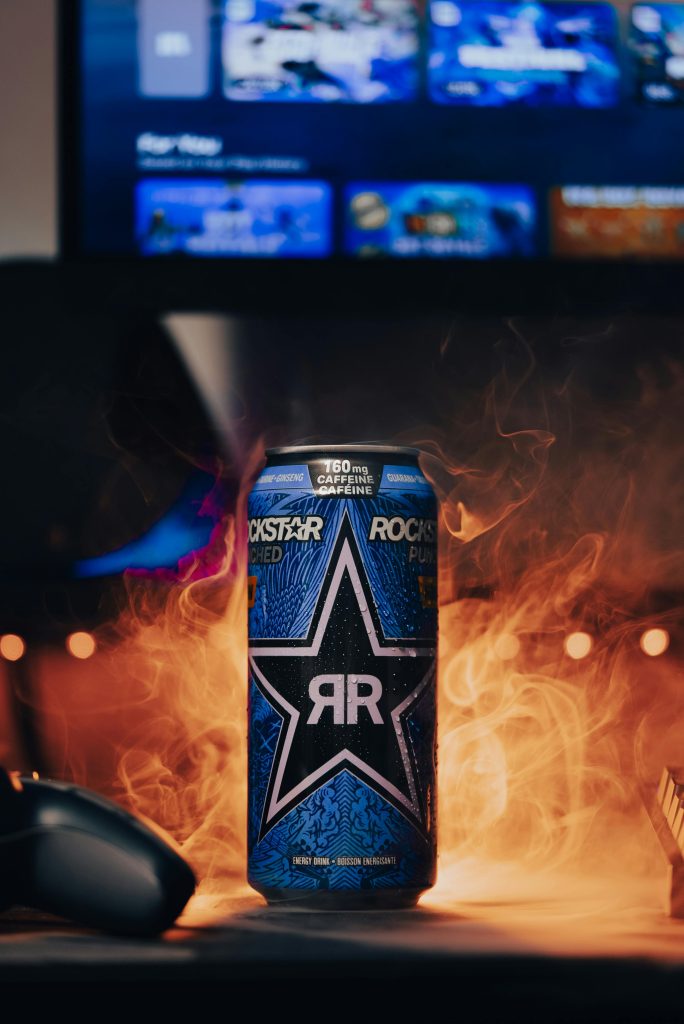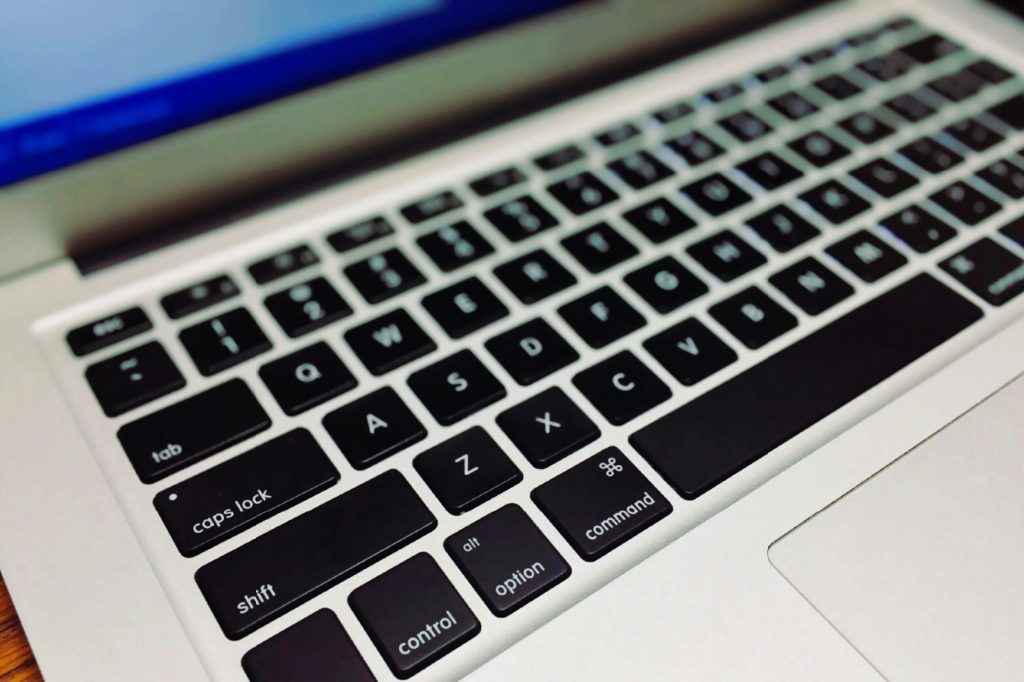Troubleshooting External SSD Detection Issues: When Your Drive Powers On But Doesn’t Appear on Devices
Introduction
External solid-state drives (SSDs) have become essential tools for users seeking fast, portable storage solutions. However, encountering connectivity issues can be frustrating, especially when your drive powers on but remains inaccessible across your devices. In this post, we explore common causes and solutions for external SSD recognition problems, using a scenario involving a Sabrent Rocket SSD enclosure as a case study.
Understanding the Problem
Situation Overview:
– The Sabrent Rocket SSD enclosure powers on via USB-C, indicated by the LED lighting up—signaling that the device is receiving power.
– Despite this, the drive does not appear as a mounted or accessible storage volume on Mac or Android devices.
– Windows recognizes the device in Disk Management, identifying it as “online,” yet no partitions or storage allocations are visible.
Key Observations:
– Power is confirmed through the LED indicator.
– The drive lacks detectable partitions across multiple operating systems.
– The user attempted to format the drive for Android, but the process was interrupted midway.
Possible Causes
- Partitioning and Formatting Issues:
-
An incomplete or corrupted partition table can prevent the drive from showing up properly, even if the system recognizes the device’s presence.
-
File System Compatibility:
-
The drive might be formatted with a file system incompatible or unrecognized by certain devices, especially if formatting was interrupted.
-
Drive Initialization and Health:
-
The drive may require reinitialization or health assessment, especially if it was previously used or involved in interrupted formatting.
-
Connection and Cable Problems:
- Although power is confirmed, faulty or incompatible cables and USB adapters can sometimes hinder proper device recognition.
Steps to Resolve the Issue
- Verify Drive Status in Disk Management (Windows):
- Access via
Control Panel > Administrative Tools > Computer Management > Disk Management. -
Check if the drive is listed. If it is marked as “Unallocated” or “Not initialized,” additional steps are needed.
-
Initialize and Create Partitions:
- Right-click on the disk in Disk Management.
- Choose “Initialize Disk” if prompted, selecting GPT or MBR partition style based on your needs.
-
Create new partitions and format them with a compatible file system (exFAT is suitable for cross-platform use).
-
Use Disk Utility (Mac):
- Open “Disk Utility” from Applications > Utilities.
Share this content:



